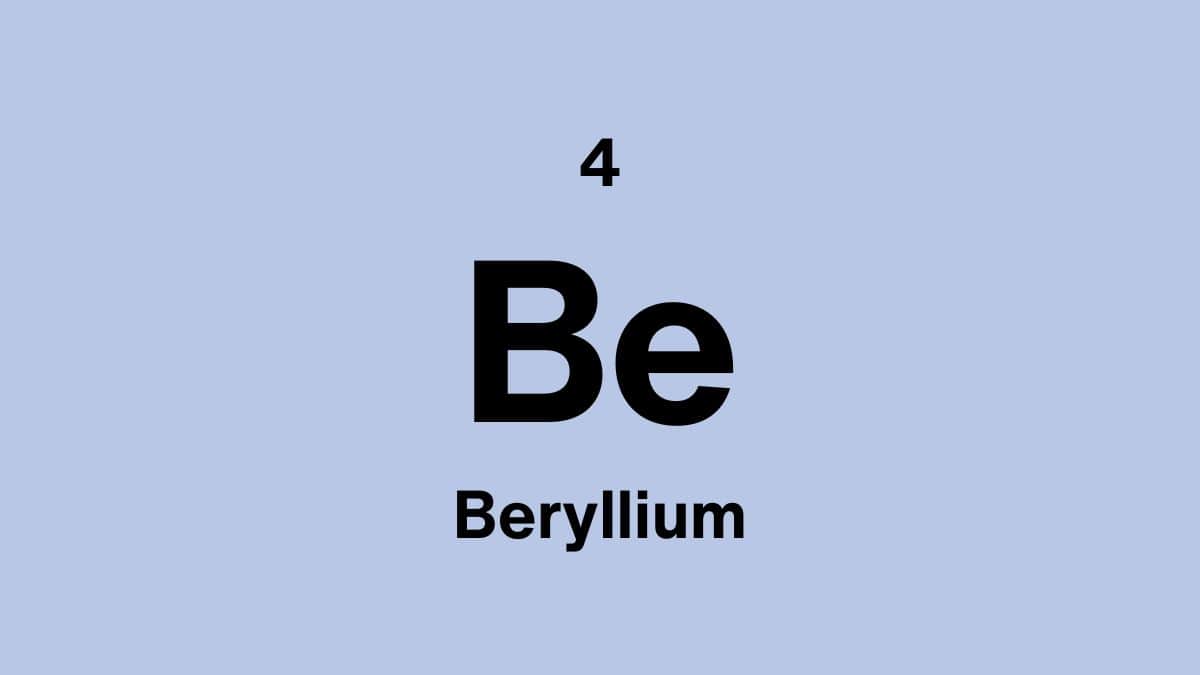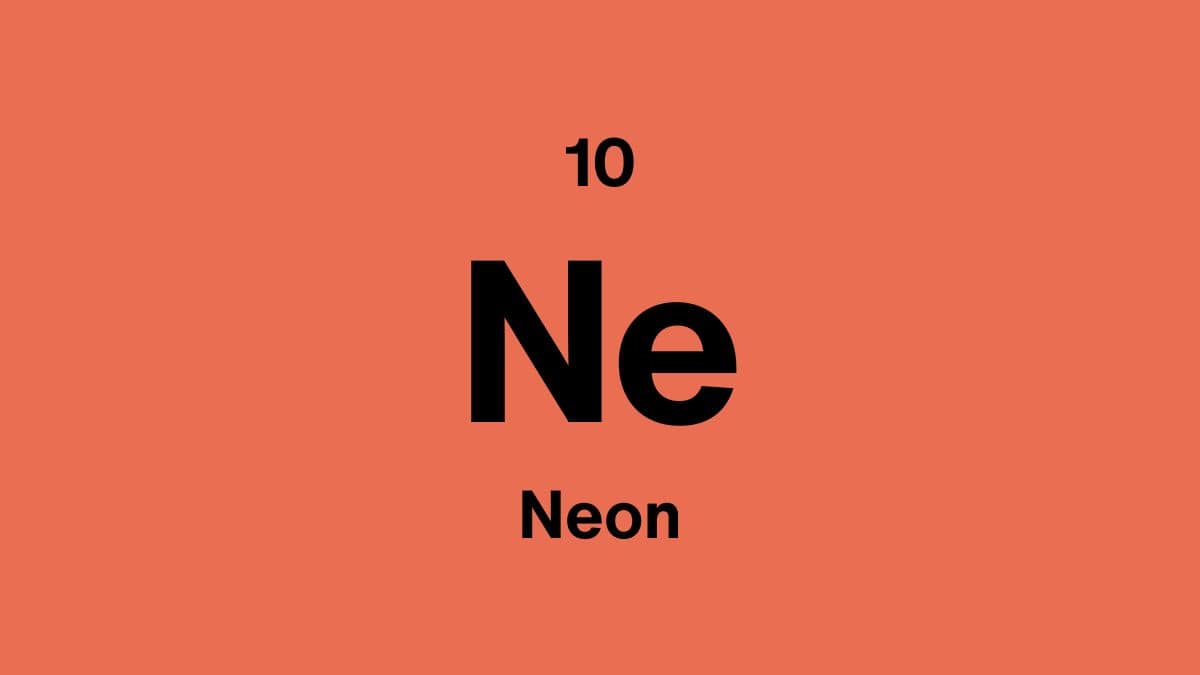Nickel: The metal that strengthens our modern world
Nickel is a transition metal known for its corrosion resistance, magnetic properties, and versatility in forming alloys. It is widely used in stainless steel, coins, batteries, and chemical catalysts, making it vital for industry and daily life.
Properties of nickel
| Atomic Number: | 28 |
| Atomic Symbol: | Ni |
| Atomic Weight (amu): | 58.693 |
| Electronegativity: | 1.91 |
| Melting point: | 1455°C | 2651°F | 1728K |
| Boiling point: | 2913°C | 5275°F | 3186K |
What does nickel look like?
Nickel is a hard, lustrous, silvery-white metal with a slight golden tinge. It maintains a shiny metallic appearance and is often used in coins and plating because of its corrosion resistance.
Will we ever run out of nickel?
Nickel is moderately abundant in the Earth's crust but concentrated in certain regions like Russia, Canada, and Australia. Recycling, especially from batteries, is essential to sustain long-term supply.
Can nickel be recycled?
Yes, nickel is widely recycled from industrial scrap, stainless steel, and batteries, reducing the need for primary mining and minimizing environmental impact.
Does nickel have a biological role?
Nickel is a trace element for some microorganisms and plants, but it has no essential biological role in humans.
What is pure nickel used for?
- Stainless Steel: Essential in producing corrosion-resistant alloys.
- Batteries: Used in nickel-cadmium and nickel-metal hydride rechargeable batteries.
- Coins: Historically and currently used for coinage due to durability.
- Industrial Alloys: Employed in turbines, aerospace components, and chemical plants.
- Catalysts: Nickel catalysts are used in hydrogenation reactions and chemical synthesis.
What are the main compounds with nickel?
- Nickel(II) Oxide (NiO) : Used in ceramics, glass, and catalysts.
- Nickel(II) Chloride (NiCl2) : Used in electroplating and chemical synthesis.
- Nickel(II) Sulfate (NiSO4) : Used in electroplating and battery production.
- Nickel Alloys : Alloys for aerospace, turbines, and industrial applications.
Where can nickel be found?
Nickel occurs naturally in minerals such as pentlandite, garnierite, and millerite. Major producers include Russia, Canada, Australia, New Caledonia, and Indonesia. Nickel is often obtained as a byproduct of copper and cobalt mining.
Is nickel expensive?
Nickel is moderately expensive due to its demand in stainless steel, batteries, and high-performance alloys, though more abundant than cobalt or scandium.
Who discovered nickel?
Nickel was identified as a distinct element by Swedish chemist Axel Fredrik Cronstedt in 1751. He isolated it from a mineral called niccolite.
Is nickel dangerous?
Metallic nickel is relatively safe, but fine nickel dust and soluble compounds can be toxic or allergenic. Safety precautions are required in industrial settings.
Fun facts about nickel
- Nickel has been used in coins for centuries due to corrosion resistance.
- It is magnetic and is a component in many alloys used for strong magnets.
- Nickel-based superalloys are crucial in aerospace turbines for high-temperature performance.
Scientific data verified from RSC, Britannica, and the Minerals Education Coalition.



